Dependenceliability N/A CAS Number 304-21-2 ChemSpider 10211258 Molar mass 214.263 g/mol | Routes ofadministration Ingestion PubChem CID 5280951 Formula C13H14N2O | |
 | ||
Legal status AU: S9 (Prohibited)CA: Schedule III | ||
Harmaline a thousand pictures
Harmaline is a fluorescent psychoactive indole alkaloid from the group of harmala alkaloids and beta-carbolines. It is the partially hydrogenated form of harmine.
Contents
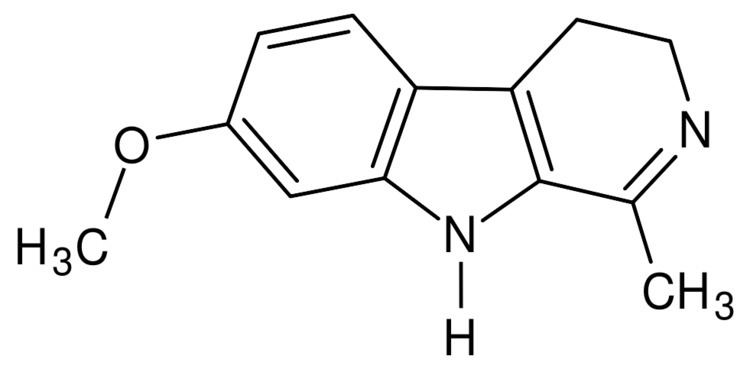
Harmaline
Occurrence in nature
Various plants contain harmaline including Peganum harmala (Syrian rue) as well as the hallucinogenic beverage ayahuasca, which is traditionally brewed using Banisteriopsis caapi. Present at 3% by dry weight, the harmala alkaloids may be extracted from the Syrian rue seeds.
Effects
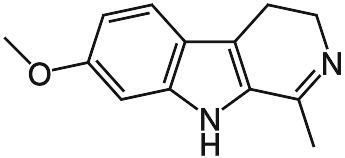
Harmaline is a central nervous system stimulant and a "reversible inhibitor of MAO-A (RIMA)". This means that the risk of a hypertensive crisis, a dangerous high blood pressure crisis from eating tyramine-rich foods such as cheese, is likely lower with harmaline than with irreversible MAOIs such as phenelzine.
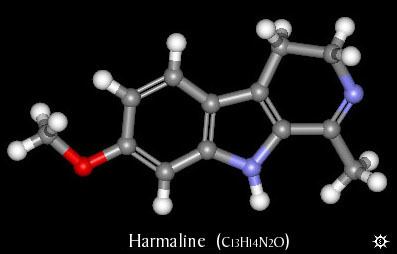
The harmala alkaloids are psychoactive in humans. Harmaline is shown to act as an acetylcholinesterase inhibitor. Harmaline also stimulates striatal dopamine release in rats at very high dose levels. Since harmaline is a reversible inhibitor of monoamine oxidase A, it could, in theory, induce both serotonin syndrome and hypertensive crises in combination with tyramine, serotonergics, catecholaminergics drugs or prodrugs. Harmaline containing plants and tryptamine containing plants are used in ayahausca brews. The inhibitory effects on monoamine oxidase allows dimethyltryptamine (DMT), the psychologically prominent chemical in the mixture, to bypass the extensive first-pass metabolism it undergoes upon ingestion; allowing a psychologically active quantity of the chemical to exist in the brain for a perceivable period of time. Harmaline forces the anabolic metabolism of serotonin into normelatonin or n-acetylserotonin, and then to melatonin, the body's principle sleep-regulating hormone and a powerful antioxidant.
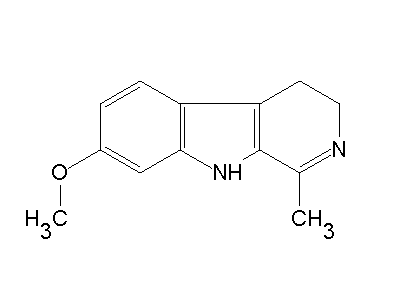
United States Patent Number 5591738 describes a method for treating various chemical dependencies via the administration of harmaline and or other beta-carbolines.
In a study Harmaline has also been found to induce "vasorelaxant effects" in "isolated rat aorta."
A study found that a single injection of 40 mg/kg in rats or 3 x 25 mg/kg spread over 3 days had visible neurotoxic effects.
Harmaline is known to act as a histamine N-methyltransferase inhibitor. This explains how harmaline elicits its wakefulness-promoting effects.
Australia
Harmala alkaloids are considered Schedule 9 prohibited substances under the Poisons Standard (October 2015). A Schedule 9 substance is a substance which may be abused or misused, the manufacture, possession, sale or use of which should be prohibited by law except when required for medical or scientific research, or for analytical, teaching or training purposes with approval of Commonwealth and/or State or Territory Health Authorities.
